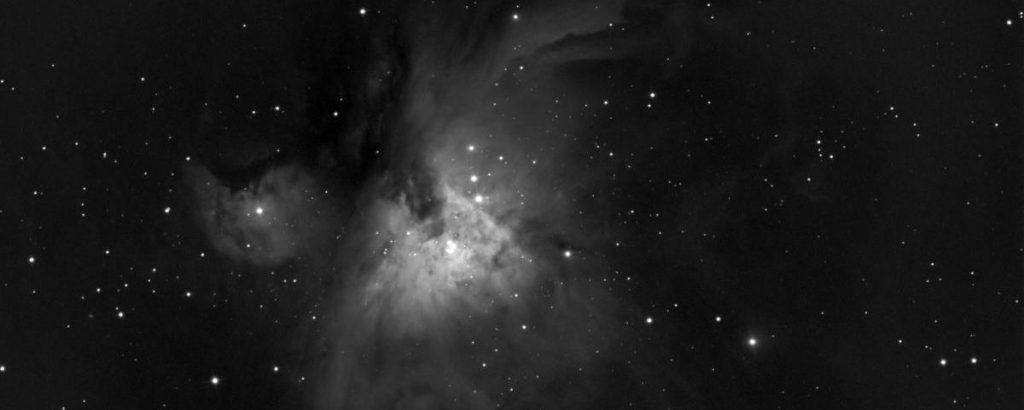In collaboration with Baader Planetarium, Planewave and Andor, SSC has been developing a ground station for satellite tracking over the past 1,5 years. A couple of days ago, a first successful test run took place at Baader Planetarium’s factory in Germany.
The development is part of SSC’s Space Situational Awareness (SSA) program with the aim at contributing to both safer and more sustainable use of near-Earth space, as the number of objects keeps increasing at a rapid pace. The aim of the tests was to ensure the station to be as efficient as possible in generating highly sophisticated SSA data, by combining the highest quality individual components.
“Over a number of days, the dome underwent its first check and the procedure was quick and easy. All worked perfectly and harmonized with the other components of the overall program. Among other things, we tested to control the dome segments via SSC’s IT infrastructure. The tests were completed in only three hours and the equipment was later dismantled and prepared for shipment to SSC’s station in Western Australia,” says Michael Risch, Project Manager at Baader Planetarium.
The tracking infrastructure is now being installed at SSC’s new satellite tracking station at Western Australia Space Center, 400 kilometers north-east of Perth. The station’s large Planewave telescope and high-speed Andor camera makes it possible to record even very faint reflections of sunlight off the satellites, making it possible to survey large numbers of small objects in low-Earth orbit in a single night.
“The 3.5m Allsky Dome from Baader Planetarium functions very well with the atmospheric conditions at our planned installation site in Australia. The infrastructure allows the telescope to continuously track satellites and space debris even in very low orbits,” says Jacob Ask, SSA program director at SSC.
A couple of days ago, the camera was first tested on the clear-night sky. Connected to a powerful pre-programmed server, the camera’s large sensor registered the first photons of a star. With increasing darkness, more stars soon appeared and a so-called alignment procedure could be initiated. Orbital elements of a satellite just passing over were subsequently entered into TLE format. The SSC software calculated its motion, transmitted the data to the mount that followed the satellite, while the camera took images.
“We’re very satisfied with these tests. Through the combination of great ideas and products, innovative code and reliable and visionary partners, this SSA station will soon start to work for a more secure Earth orbit,” says Jacob Ask, SSA program director at SSC.






